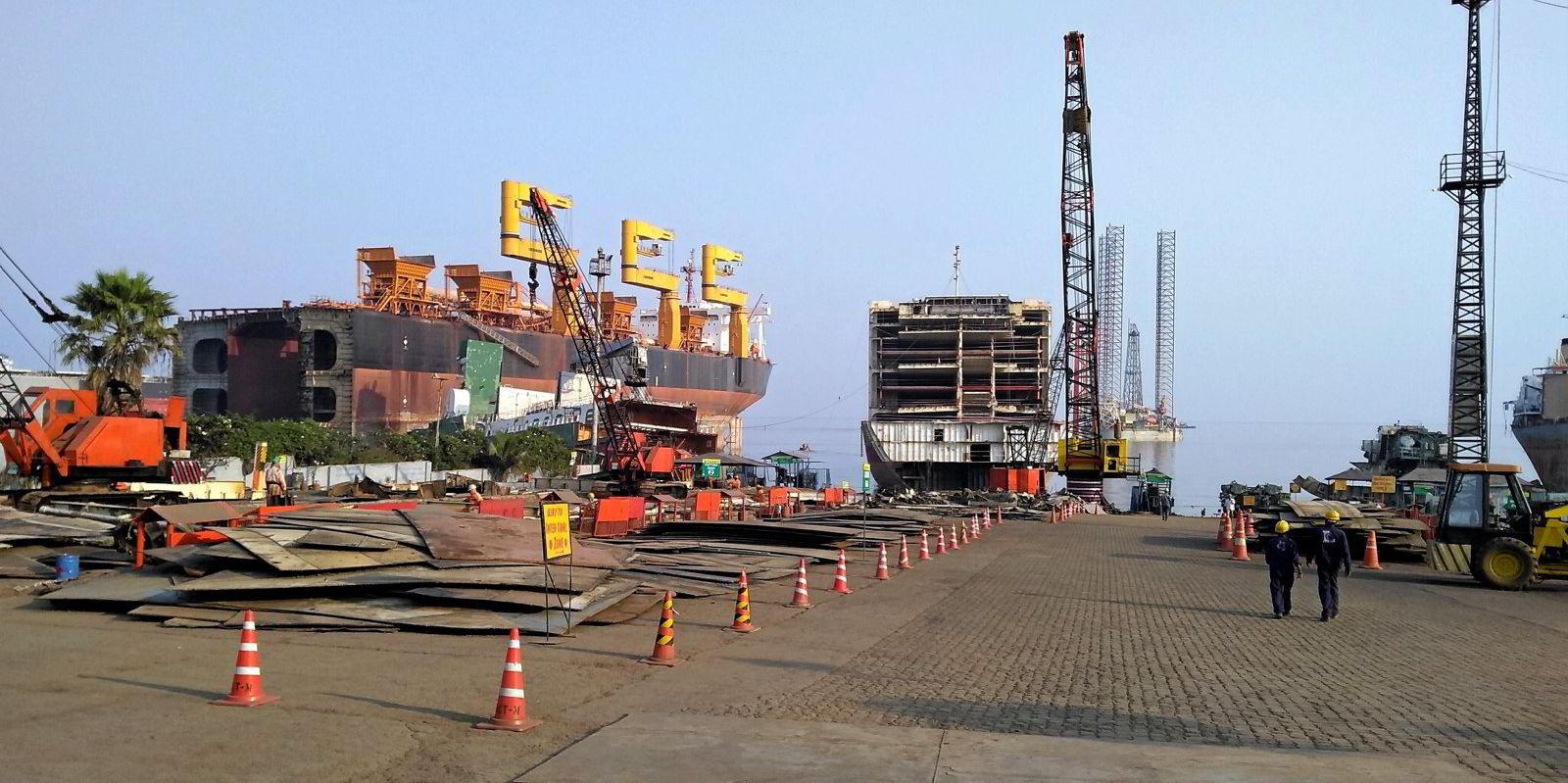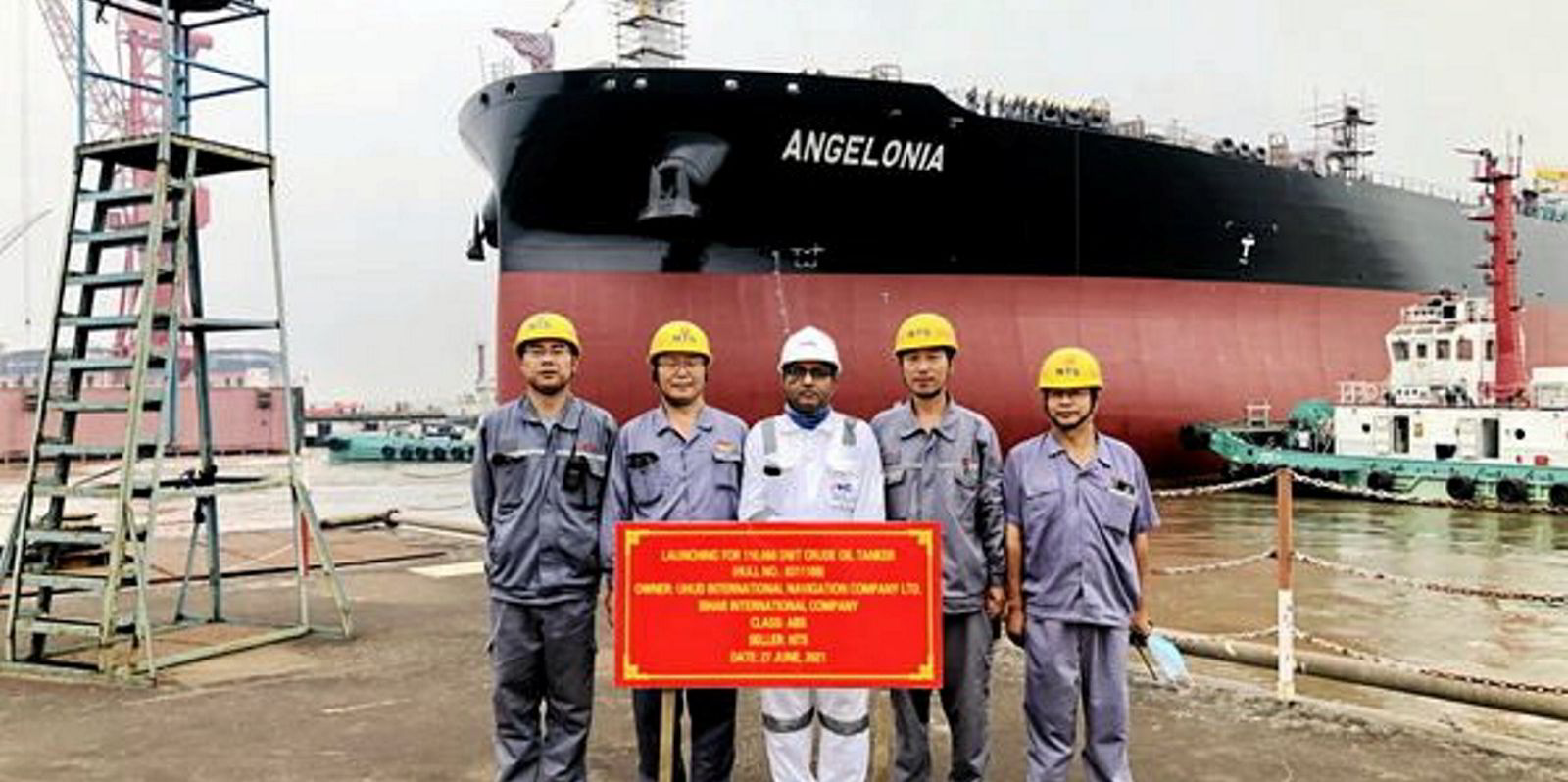Ships should not be scrapped early due to upcoming regulations seeking to cut carbon emissions as it would lead to higher emissions from building new vessels and recycling steel.
“When the entire world believes in a circular economy and saving carbon emissions, it is important that ships are utilised to their full potential before they are scrapped,” said Anand Hiremath, chief sustainable officer for Indian recycling outfit GMS.
Hiremath said the ship recycling business helped reduce carbon emission by reusing up to 97% of the material content of ships, but that the process of recycling steel, though better than new production, led to emissions.
GMS estimates the carbon footprint of ships it recycles, and Hiremath said the recent scrapping of a 29,000-ldt oil tanker cost about 9,000 tonnes of carbon emitted whereas producing the same amount from iron ore would have led to 40,000 tonnes of emission.
It means a saving of more than 30,000+ tonnes of emissions, he said in a webinar organised by Maritime London and GMS into the role of sustainable recycling in shipping's journey to net zero.
But the introduction of the International Maritime Organization’s Energy Efficiency Existing Ship Index (EEXI) from next year followed by the Carbon Intensity Indicator (CII) rating could lead to more ships being scrapped if they cannot fulfil their requirements.
“The ultimate aim of EEXI and CII is to save the environment, to save emissions, but it might push some ships to go for recycling. But that means new building has to be done — and that is bound to be more environmentally damaging than continuing the life of existing assets,” Hiremath said.
It takes about 770Kg of coal to produce every tonne of new steel by conventional methods and that creates 1.85 tonnes of CO2. To build a 20,000-tonne ship would require roughly 15.4.m tonnes of coal and produce 37 tonnes of CO2, he said.
GMS’ study of recycling has shown that the dismantling of ships amounts to only 4% of the emissions from the activity with 95% coming from the rerolling mill and electric arc furnaces.
The aim must be to consume less, and consume better Hiremath said, taking note of life cycle emissions — to extend the life of ships as best as possible before recycling becomes necessary.
The Alang-based ship recycling industry has to date handled more than 8,500 ships recovering 67m tonnes of steel, said Hiremath, enough to build 9,077 Eiffel Towers.
And India has plenty of Hong Kong Convention-compliant scrapping capacity with 93 yards capable of recycling 4.5m tonnes a year.
By 2030, the country will have nearly 200 yards with a capacity of 9.2m tonnes, able to handle about half of all ships being sent for recycling, he added.





